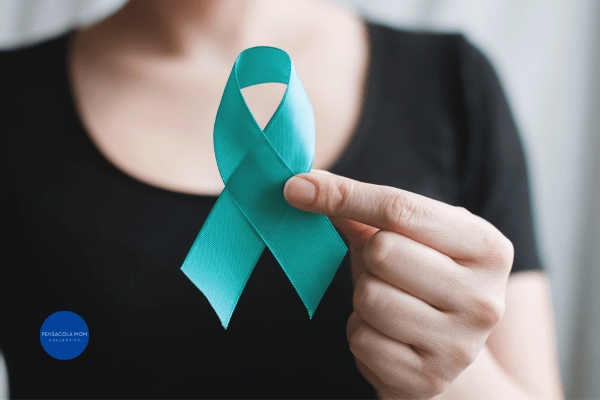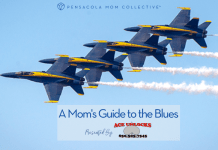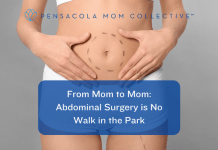 January is the National Cervical Health Awareness month.
January is the National Cervical Health Awareness month.
Cervical cancer screening is like wearing a seatbelt – it might feel unnecessary until it saves your life. Getting checked for cervical cancer is crucial for women’s health, offering a preventive edge against a potentially life-threatening disease. This screening, often done through Pap tests and HPV tests, acts as a vital early detection tool. It’s like a superhero cape that empowers women to take charge of their health.
Cervical cancer doesn’t play fair.
It often shows no symptoms in its early stages, silently brewing until it’s harder to treat. That’s why routine screenings are essential; they can detect abnormalities long before they turn into cancer. Catching it early increases the chances of successful treatment significantly.
One of the treatments used for cervical dysplasia or early cervical cancer is the LEEP (Loop Electrosurgical Excision Procedure). I had 4 of these and let me just say up front, not fun, but I have definitely been through worse things in my life. This procedure involves using a thin wire loop that is heated with an electrical current to remove abnormal cells from the cervix.
LEEP helps in both diagnosing and treating precancerous conditions, preventing the progression to invasive cancer. While it might sound intimidating, many women tolerate it well and it’s often performed on an outpatient basis, allowing us to resume our regular activities shortly after.
In more advanced cases or when cancer has progressed, a hysterectomy might be recommended. This is what was finally suggested in my case and it involved surgery for the removal of the uterus. It can be a life-changing decision, impacting fertility and, in some cases, the emotional well-being of individuals. Yet, it’s a powerful tool against cervical cancer, eliminating the source of the disease and preventing its spread. For my family, we were done having kids and I was very fortunate to be able to stick with a partial hysterectomy, keeping my ovaries and thus menopause at bay.
Now, as my third child explained with wisdom beyond his 12-years old when I first had the procedure, I still “have all the ingredients and the doctor just removed the pan”.
But here’s the thing – regular screenings can help women avoid reaching the stage where such extensive measures become necessary. It’s like a shield against the need for more invasive procedures. It’s about staying ahead in the game, taking preventive action before things escalate.
The beauty of cervical cancer screening lies in its ability to empower women. It puts the reins of their health in their hands, enabling informed decisions. Knowing your cervical health status can be reassuring. It’s a piece of mind, a gift of empowerment that says, “I’m taking control.”
Moreover, cervical cancer screening isn’t just about an individual’s health; it’s about communities and society at large. By encouraging and normalizing screenings, we create a ripple effect, promoting overall health awareness and preventive care. It’s about supporting each other, ensuring that nobody faces this battle alone.
Yes, getting checked for cervical cancer might not be the most glamorous topic for brunch conversations, but its importance cannot be overstated. It’s a small step that can make a monumental difference. It’s about taking charge, being proactive about health, and potentially saving lives.
So, to all the incredible women out there, remember – getting checked for cervical cancer isn’t just an appointment; it’s a superhero move, a way to safeguard your future and inspire others to do the same. It’s a testament to strength, resilience, and the power of early detection.
For more information on protecting your cervical health visit the National Cervical Cancer Coalition’s website.














